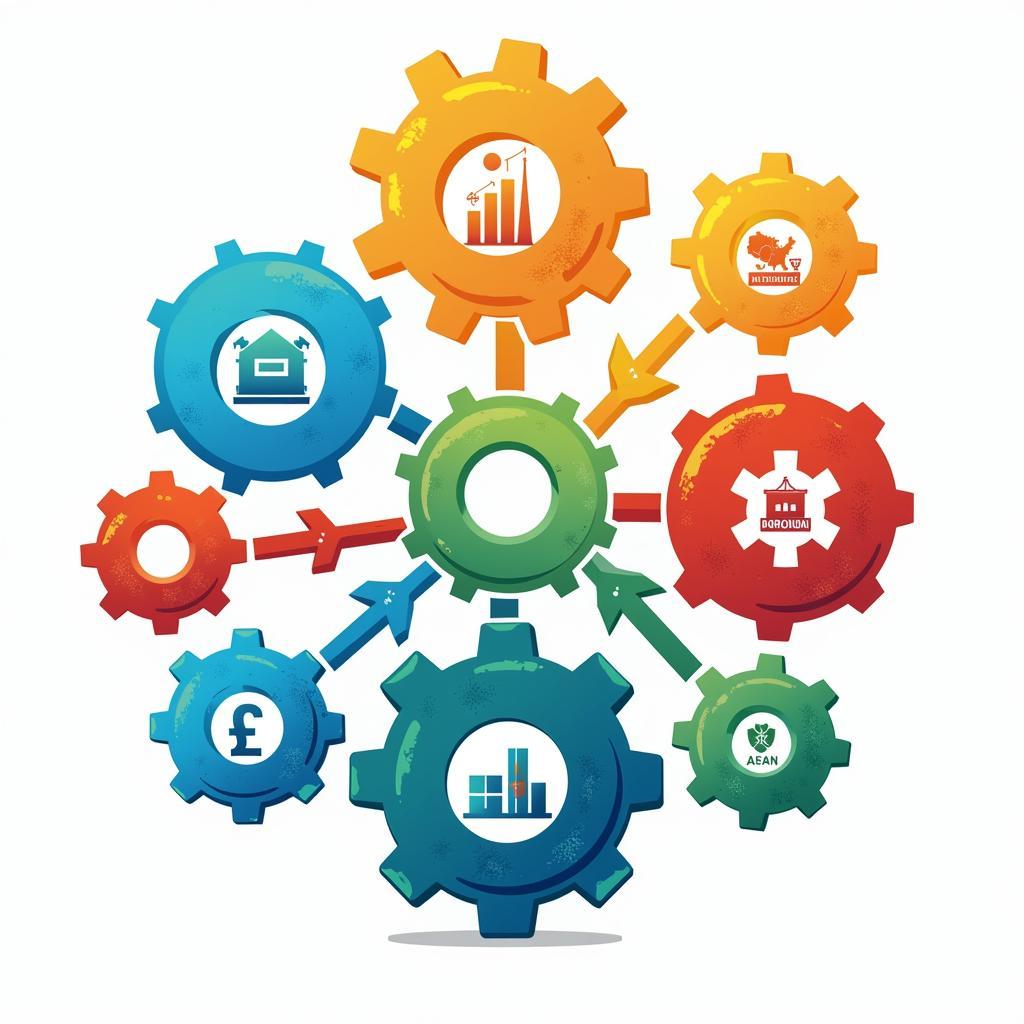The dynamic region of Southeast Asia, home to the Association of Southeast Asian Nations (ASEAN), is experiencing rapid economic growth and urbanization. This unprecedented development has led to a significant surge in energy demand, putting a strain on existing resources and raising concerns about environmental sustainability. To address this challenge, ASEAN member states are increasingly focusing on energy efficiency initiatives, aiming to “save atoms” and create a greener, more sustainable future for the region.
The Urgency of Energy Efficiency in ASEAN
The urgency to “save atoms” stems from several key factors. Firstly, the region’s reliance on fossil fuels is substantial, making it vulnerable to price volatility and supply disruptions. Secondly, the environmental impact of fossil fuel consumption, including greenhouse gas emissions and air pollution, poses significant risks to public health and the region’s rich biodiversity. Recognizing these challenges, ASEAN has set ambitious targets to enhance energy efficiency as a key pillar of its energy security and sustainability agenda.
Key Strategies to Save Atoms in Southeast Asia
ASEAN has adopted a multi-faceted approach to improve energy efficiency across various sectors, including:
- Promoting Energy Efficiency Standards and Labeling: Implementing mandatory energy efficiency standards for appliances, buildings, and industrial equipment encourages the use of energy-saving technologies and products.
- Enhancing Building Codes: Incorporating energy-efficient designs and technologies in building codes promotes sustainable construction practices and reduces energy consumption in the building sector.
- Fostering Innovation and Technology Transfer: Supporting research and development of energy-efficient technologies and facilitating their transfer within the region is crucial for widespread adoption.
- Raising Public Awareness: Educating consumers and businesses about the benefits of energy efficiency, along with providing practical tips for reducing energy consumption, is essential for driving behavioral change.
Success Stories and Future Outlook
ASEAN member states have made significant strides in promoting energy efficiency, evident in successful initiatives across the region. For instance, Singapore’s “Green Mark” scheme for buildings and Thailand’s energy efficiency labeling program for appliances have demonstrated tangible results in reducing energy consumption. Looking ahead, ASEAN aims to further strengthen regional cooperation, attract investments in clean energy technologies, and leverage digitalization to accelerate its energy efficiency journey.
Conclusion
“ASEAN save atoms” is not just a slogan but a collective commitment to securing a sustainable future for Southeast Asia. By embracing energy efficiency measures, ASEAN countries are not only reducing their environmental footprint but also enhancing energy security, creating economic opportunities, and improving the quality of life for their citizens. As the region continues on its path of growth and development, prioritizing energy efficiency will be paramount to achieving lasting prosperity and a greener future.


